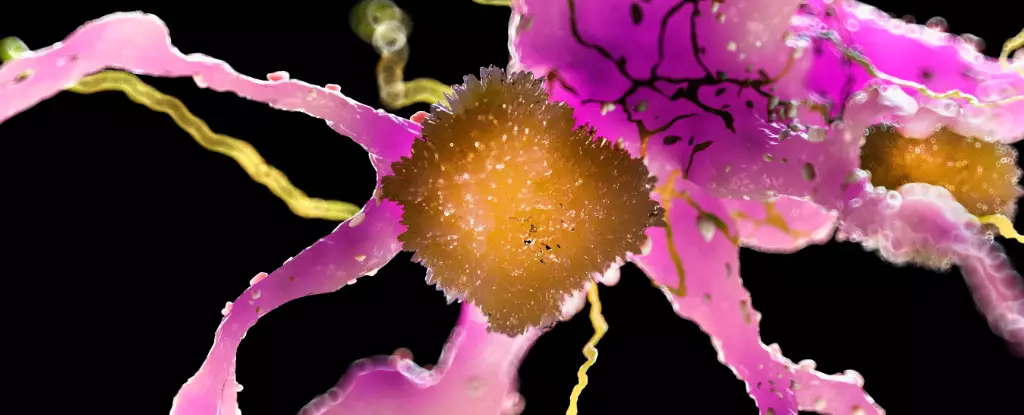Recent advancements in Alzheimer’s research have ignited a wave of optimism among scientists and families alike. Randall J. Bateman, a neurologist at Washington University and a prominent voice in Alzheimer’s studies, recently expressed his enthusiasm, positing that we may be on the cusp of a significant breakthrough. His statement reflects a growing belief in the potential for preventative measures that could delay the onset of the disease for millions of individuals predisposed to its development. Bateman’s comments hinge on promising findings from a trial focused on Dominantly Inherited Alzheimer’s disease—an aggressive form caused by genetic mutations influencing amyloid protein production, which typically strikes in a person’s 50s.
While this genetic variation accounts for a mere 1% of all Alzheimer’s cases, the implications of the ongoing research could be monumental. So, why does such a small subset of the population garner such intense scrutiny? The answer lies in the promise of their outcomes—the still unproven potential for preventative therapy targeting a widespread issue. The awareness that we may be edging closer to solutions has amplified hopes, but it also unveils the bittersweet truth that success remains contingent upon rigorous testing and validation.
Clinical Trials: A Double-Edged Sword
Despite the hopeful narrative that envelops the trials, the reality is that many clinical trials face hurdles that can dim their shine. For instance, the phase three trials involving the dual antibody therapy originally aimed to ameliorate cognitive decline, yet they failed to yield the desired symptomatic relief. However, they unveiled an intriguing twist: one of the agents, gantenerumab, seemed to have beneficial effects on the underlying pathology.
It is a classic case of the clinical trial paradox: promising treatments can lurk behind a veil of disappointing results. Shortly after the failed trials, an extension allowed previously treated higher-risk participants another chance at intervention. The inquiry into whether the treatment could significantly alter the disease trajectory remains murky yet crucial. An analysis indicated that those participants experiencing the drug during both phases may have had their risk of developing cognitive symptoms cut in half—an inspiring statistic, albeit one best approached with cautious optimism.
Long-Term Implications and Ethical Considerations
This situation leads us to an ethical crossroads: Should we promote and invest heavily in treatment avenues that are still undergoing intense scrutiny? While the statistics indicate potential for delaying symptoms, it would be unwise to disregard the potential risks associated with the therapies. Microbleeds and brain swelling present a chilling downside to what could otherwise be a life-changing development. The medical community must navigate these waters carefully, balancing hope with responsibility.
Moreover, society must grapple with what it means to offer “potential” preventative measures for a disease as relentless as Alzheimer’s. A clinical remedy must not only demonstrate the ability to delay symptoms but also come without a host of detrimental side effects. The notion that we might simply postpone the burden of a devastating condition does little to ameliorate the overall implications for individuals and families. It raises fundamental questions of quality over quantity in life.
What Lies Ahead: A Cautious Path Forward
As we look forward, the treatment landscape for Alzheimer’s appears vibrant yet fraught with challenges. Beyond the current focus on antibodies like gantenerumab, research is gradually expanding into complementary therapies, lifestyle adjustments, and genetic counseling. The concurrent rise of alternative Alzheimer’s treatments emphasizes the importance of a multidimensional approach. Such a strategy is not merely practical but essential for adapting to the complexities of the human brain.
While we must remain hopeful for what the future holds in terms of Alzheimer’s prevention and treatment, we cannot overlook the potential pitfalls. A balanced perspective that appreciates the strides made while remaining alert to the risks is essential. The journey toward effective Alzheimer’s therapies is still winding, and each milestone, whether triumphant or disappointing, holds implications that resonate far beyond research labs. When it comes to Alzheimer’s, hope should not overshadow responsibility; rather, both should guide our path forward in this crucial fight against a formidable foe.

